
How To Treat Dry Skin on the Face: A Comprehensive Guide
Dry skin can be particularly challenging, especially during the harsh winter months. Understanding the science behind dry skin, adopting holistic internal and external approaches, and selecting the right products can make a significant difference. This blog will cover everything you need to know about treating dry skin on the face, from nutrition to natural remedies, and even special care for delicate areas like the skin around your eyes and your toddler’s face.
Understanding Dry Skin on the Face and Its Challenges in Winter
The Science Behind Dry Facial Skin: Causes and Triggers
Dry skin, or xerosis, occurs when your skin loses too much water and oil. Factors contributing to this condition include:
- Environmental elements such as cold weather and low humidity.
- Excessive washing with harsh soaps.
- Aging, which reduces the skin’s oil production.
- Medical conditions like eczema or psoriasis.
Impact of Cold Weather on Skin Moisture
Winter weather exacerbates dry skin. Cold air, low humidity, and indoor heating strip moisture from the skin, leading to flakiness, tightness, and discomfort. Adapting your skincare routine to these seasonal changes is crucial.
Key Symptoms to Be Aware of for Dry Facial Skin
- Rough, scaly, or flaky patches.
- Itching and redness.
- Fine lines and cracks.
- A feeling of tightness, especially after washing.
Holistic Approach to Treating Dry Skin Internally
The Role of Nutrition in Skin Health
Your diet plays a vital role in maintaining skin moisture. Incorporate foods rich in:
- Omega-3 fatty acids (found in fish, flaxseeds, and walnuts).
- Vitamins A, C, and E (found in leafy greens, citrus fruits, and nuts).
- Zinc (found in meat, shellfish, and legumes).
Effective Hydration: More Than Just Drinking Water
While drinking water is essential, hydration also comes from eating water-rich foods like cucumbers, watermelon, and celery. Using a humidifier can also add moisture to the air, benefiting your skin.
Supplements That Support Skin Moisture from Within
Consider supplements such as:
- Fish oil or flaxseed oil for omega-3s.
- Hyaluronic acid supplements to enhance skin hydration.
- Collagen supplements to support skin elasticity.
Lifestyle Changes to Complement Your Skincare Regimen
- Avoid hot showers, which can strip natural oils.
- Use a gentle cleanser and moisturizer immediately after washing.
- Wear soft, breathable fabrics to reduce skin irritation.
Gentle and Safe Skincare for Toddlers’ Faces

Distinguishing Toddler’s Skin from Adult Skin: Why It’s Different
Toddler skin is thinner and more sensitive than adult skin, making it more prone to dryness and irritation.
Insights from Yale Medicine Specialist Richard Antaya on Toddler Skincare
According to Dr. Richard Antaya, it’s essential to use mild, fragrance-free products and to keep bath time short to avoid stripping natural oils.
Bath Time Tips and Moisturizing Practices for Young Children
- Use lukewarm water and limit baths to under 10 minutes.
- Pat skin dry with a soft towel and apply a gentle moisturizer while the skin is still damp.
- Avoid bubble baths and scented soaps.
Recommended Products and Ingredients for Young Sensitive Skin

Natural Remedies: Treating Dry Skin at Home During Winter
Everyday Household Items for Dry Skin Relief
- Honey: Natural humectant that retains moisture.
- Olive Oil: Rich in vitamins and antioxidants.
- Aloe Vera: Soothes and hydrates the skin.
Creating a Winter Skincare Routine with Home Remedies
- Cleanse: Use a gentle, hydrating cleanser.
- Exfoliate: Once a week with a mild scrub to remove dead skin cells.
- Moisturize: Apply a natural oil or a thick moisturizer immediately after washing.
- Protect: Use a sunscreen to shield against UV rays even in winter.
The Right Way to Exfoliate and Moisturize at Home
- Exfoliate gently to avoid damaging your skin barrier.
- Moisturize with a product containing ceramides or hyaluronic acid for maximum hydration.
Protecting Your Skin Barrier Against Harsh Indoor Heating
- Use a humidifier to maintain indoor moisture.
- Apply a hydrating facial mist throughout the day.
- Avoid sitting too close to heaters or fireplaces.
Special Care for Delicate Areas: Dermatologist-Recommended Treatments for Dry Skin Around Eyes

Understanding the Unique Needs of the Skin Around Your Eyes
The skin around your eyes is thinner and more delicate, requiring special attention and care.
Dr. Harish Koutam’s Guide to Eye Care for Dry Skin
Dr. Harish Koutam recommends using gentle, hydrating eye creams and avoiding harsh treatments.
Recommended Eye Creams and Ointments for Delicate Skin

Preventative Practices to Avoid Dryness Around the Eyes
- Use sunglasses to protect from UV rays and wind.
- Avoid rubbing your eyes, which can irritate the skin.
- Ensure you get enough sleep to maintain skin health.
Expert Advice and Additional Resources
For more personalized advice, consult with a dermatologist. Here are some recommended experts:
Conclusion
Understanding how to treat dry skin on the face involves a combination of proper skincare, nutrition, and lifestyle changes. Whether you’re dealing with your skin or caring for a toddler’s delicate face, it’s essential to choose the right products and practices to keep skin healthy and hydrated. Embrace these tips, and you’ll be well on your way to a more comfortable, hydrated complexion this winter.
Remember, consistency is key, and your skin will thank you for the extra care and attention! If you found this guide helpful, explore more of our skincare articles to enhance your knowledge and keep your skin glowing year-round. Stay informed and empowered in your skincare journey!
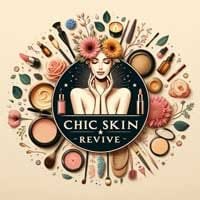
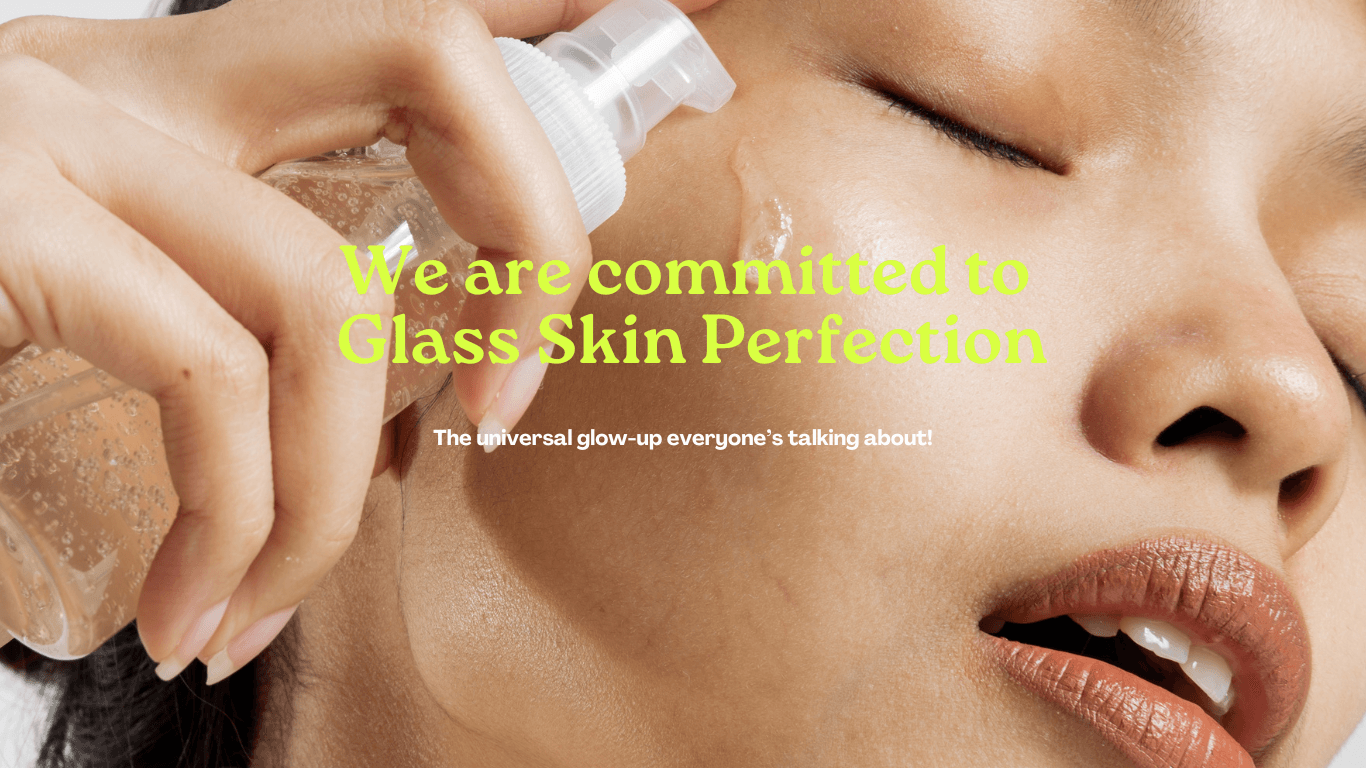
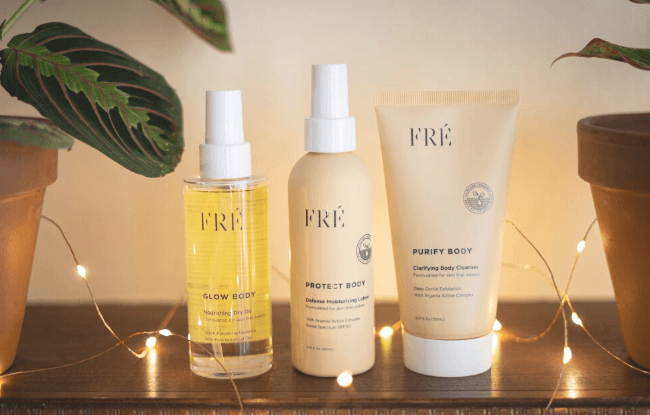
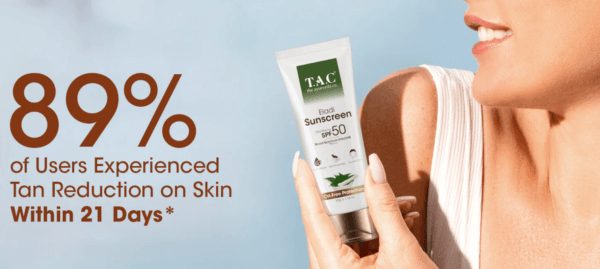
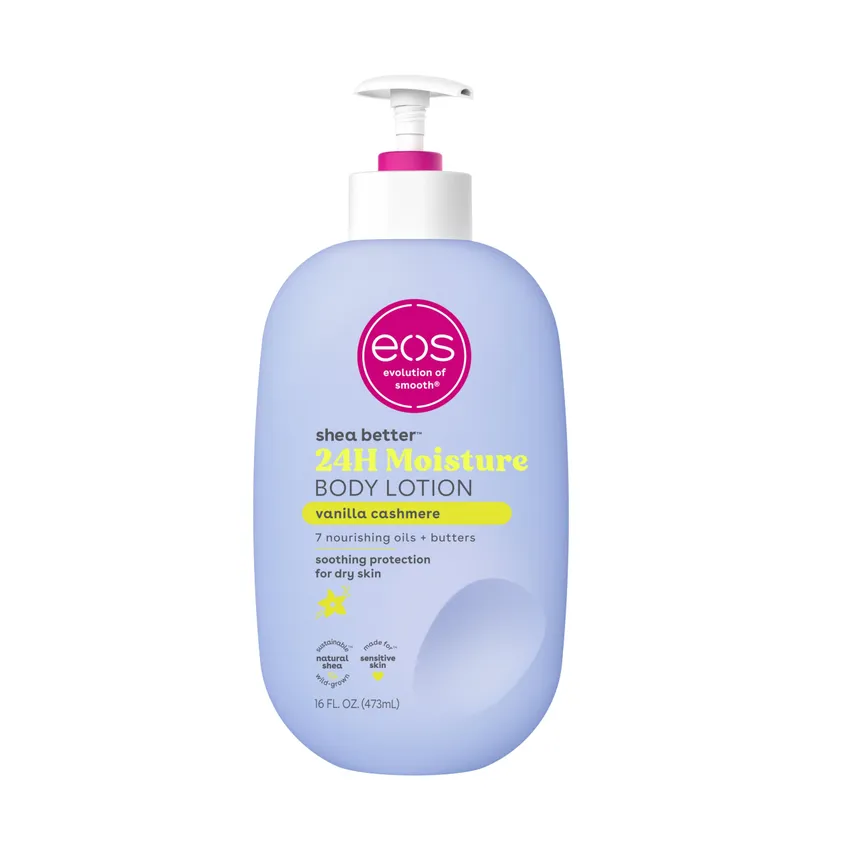



5 Comments
Very informative ??
Like how it’s give details on how kids have thinner skin than adults and the bathing routines that is great insight.
I’m glad you found that insight helpful! Indeed, children’s skin tends to be thinner and more delicate than adults’, which is why gentle skincare practices are essential. If you have any more questions or need further advice, feel free to ask! ??
extremely useful article for these cold winter months! and i love that you also included the babies.
I’m delighted to hear that you found the article useful, especially during these chilly winter months! It’s heartwarming to know that the information about babies was appreciated too. If you have any more questions or need further advice, feel free to ask! ??